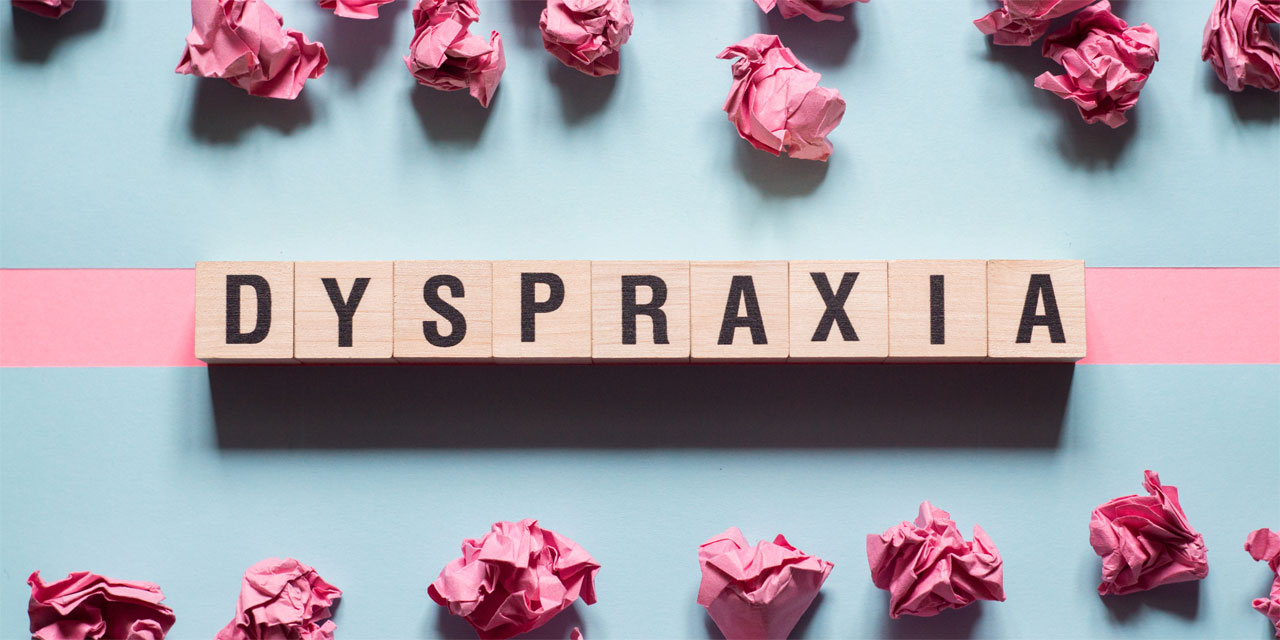Dyspraxia / DCD
Dyspraxia Courses Online: Supporting Children and Adults
Dyspraxia, a condition that affects both children and adults, can be challenging to understand and navigate. This blog post aims to shed light on what dyspraxia is, how it manifests, and how you can support individuals with dyspraxia, focusing on dyspraxia courses online, the CoordiKids Home Course. We’ll also explore practical strategies you can use at home to help those with dyspraxia thrive. Our goal is to provide easy-to-understand information for parents and caregivers.

What is Dyspraxia?
Dyspraxia, also known as Developmental Coordination Disorder (DCD), is a neurological condition that affects a person’s ability to plan and coordinate physical movements. It impacts various aspects of life, from simple tasks like tying shoelaces and buttoning a shirt to more complex activities like riding a bike or writing neatly. Dyspraxia is often considered a hidden disability, as it’s not always immediately evident, but it can significantly affect a person’s daily functioning.
How Does Dyspraxia Look Like?
Dyspraxia presents differently in each individual, but some common signs and symptoms include:
Poor coordination: Individuals with dyspraxia may struggle with balance, fine and gross motor skills, and hand-eye coordination. This can make activities like sports and handwriting challenging.
Difficulty with organisation: People with dyspraxia may have trouble organising their thoughts and tasks, leading to forgetfulness and disorganisation.
Sensory sensitivities: Sensory processing difficulties can be expected in those with dyspraxia. They may be sensitive to certain textures, sounds, or lights.
Trouble with social interactions: Dyspraxia can affect social skills, making it challenging for individuals to read social cues and maintain relationships.
Slow processing speed: It might take longer for someone with dyspraxia to process information and respond.
Do Both Adults and Kids Have Dyspraxia?
Dyspraxia is not limited to children; it can persist into adulthood. In some cases, children may outgrow certain aspects of their dyspraxia, but many adults continue to experience challenges related to motor skills, organisation, and social interactions. It’s essential to recognise dyspraxia in both children and adults to provide appropriate support and interventions. One such intervention is the Dyspraxia Courses Online.
How to Support Children with Dyspraxia
Supporting children with dyspraxia is crucial for their overall development and well-being. Here are some strategies to help them thrive:
Early diagnosis: If you suspect your child has dyspraxia, seek a professional evaluation. An early diagnosis can lead to timely interventions and support.
Occupational therapy: Occupational therapists can work with children to improve their motor skills, coordination, and sensory processing.
Speech and language therapy: Some children with dyspraxia may have difficulty with speech and language. Speech therapy can help improve communication skills.
Create a structured routine: Establishing a predictable daily routine can help children with dyspraxia feel more secure and in control.
Encourage physical activity: Swimming, yoga, and martial arts can help improve coordination and confidence.

How Does CoordiKids Home Course Work and Help with Dyspraxia?
CoordiKids Home Course is an online resource that offers valuable support for children with dyspraxia. Developed by experts in the field, it provides a structured program to help children improve their coordination, sensory processing, and overall physical skills.
The course offers the following benefits:
Convenient and accessible: CoordiKids Home Course can be accessed from the comfort of your own home, eliminating the need for frequent in-person therapy sessions.
Expert guidance: The program is designed by experienced professionals who understand the unique challenges of dyspraxia.
Fun and engaging: CoordiKids uses interactive and enjoyable activities to keep children motivated and engaged throughout the learning process.
Support for parents: Parents are also an integral part of the course, receiving guidance on supporting their child’s development effectively.
Things You Can Do at Home to Help with Dyspraxia
In addition to online courses like CoordiKids, there are several activities you can incorporate into your daily routine to support individuals with dyspraxia:
Gross motor skills activities: Encourage activities that improve balance and coordination, such as riding a bike, playing catch, or dancing.
Fine motor skills practice: Engage in activities that enhance fine motor skills, like puzzles, threading beads, or drawing.
Sensory play: Provide opportunities for sensory exploration with activities involving different textures, smells, and sounds.
Visual aids and schedules: Visual schedules and reminders can help individuals with dyspraxia stay organised and manage their daily tasks.
Encourage social interactions: Arrange playdates and group activities to help individuals with dyspraxia develop their social skills.

Dyspraxia is a challenging condition that affects both children and adults. Understanding its characteristics and offering the proper support is crucial for those with dyspraxia to lead fulfilling lives. Dyspraxia courses online, such as the CoordiKids Home Course, can provide valuable assistance. Still, there are also many activities and strategies that you can implement at home to help individuals with dyspraxia reach their full potential. By creating a supportive environment and using available resources, you can make a significant difference in the lives of those with dyspraxia.